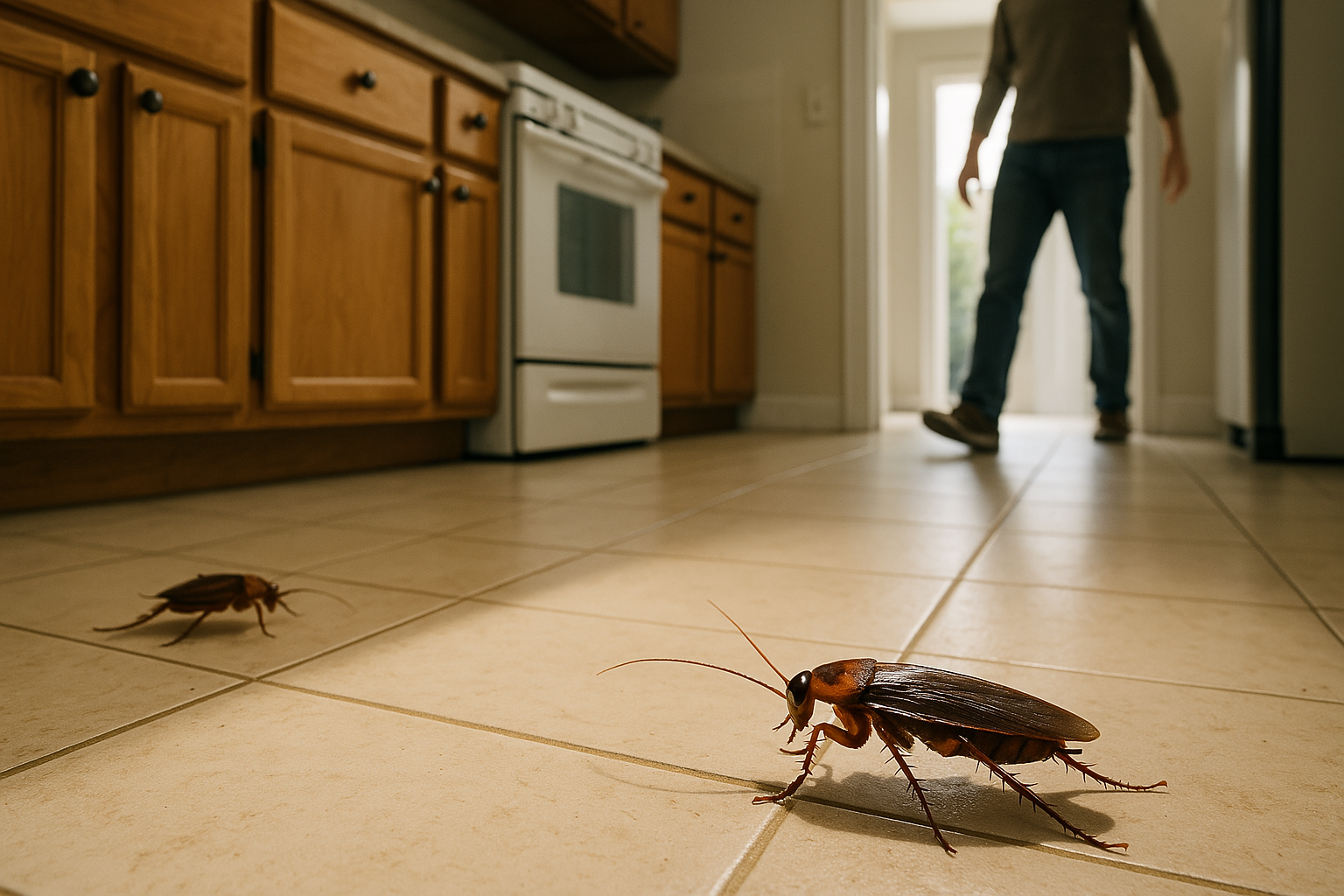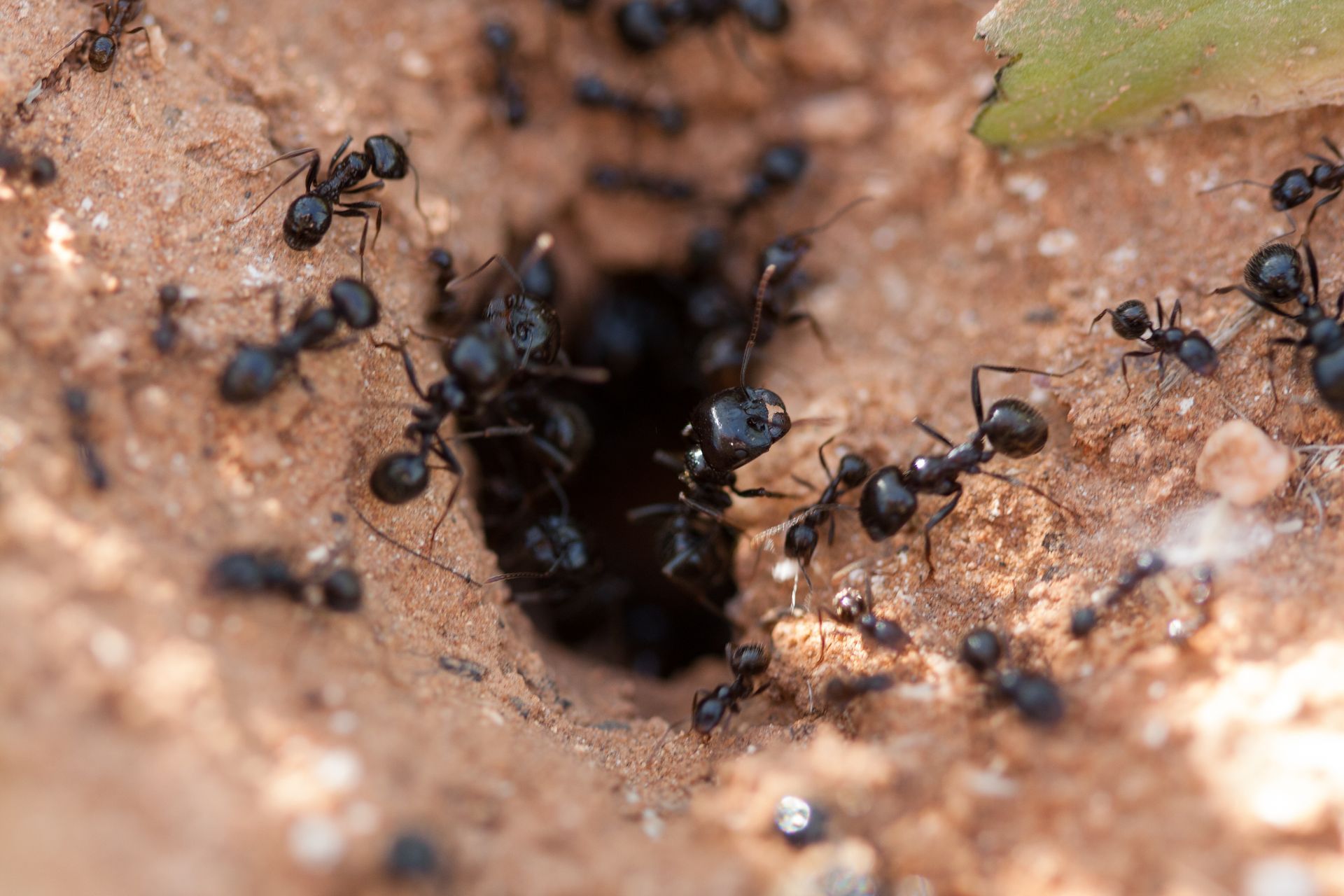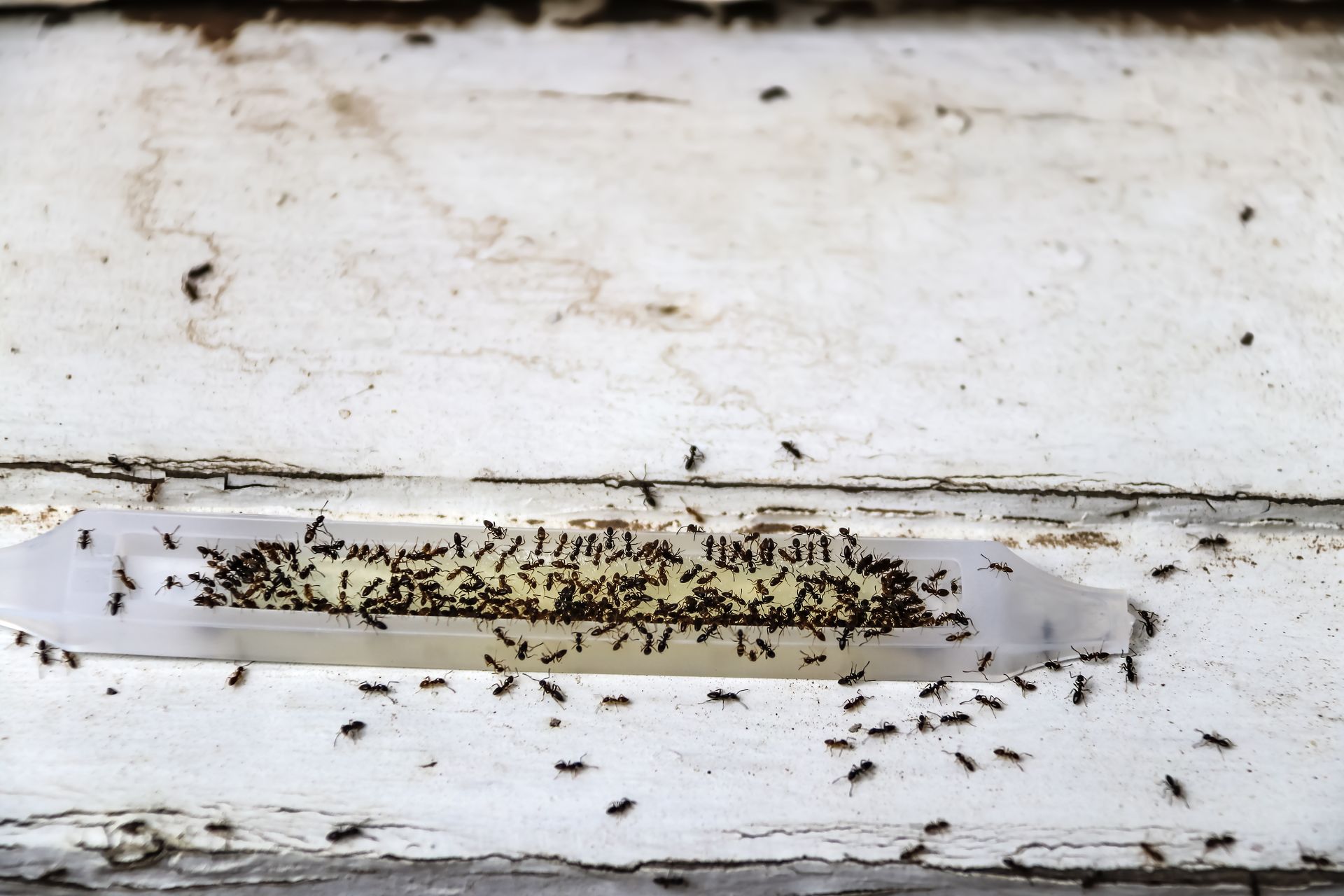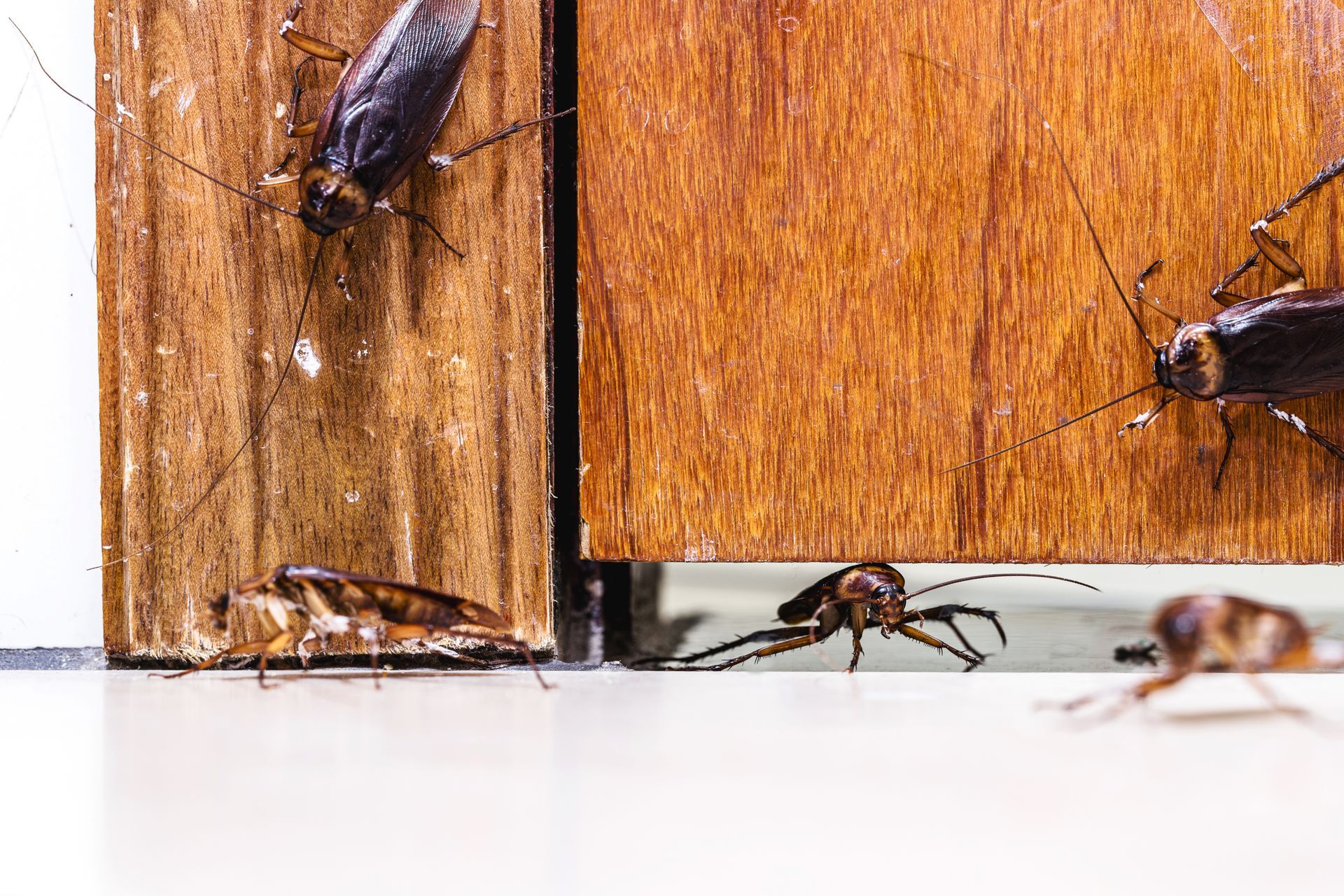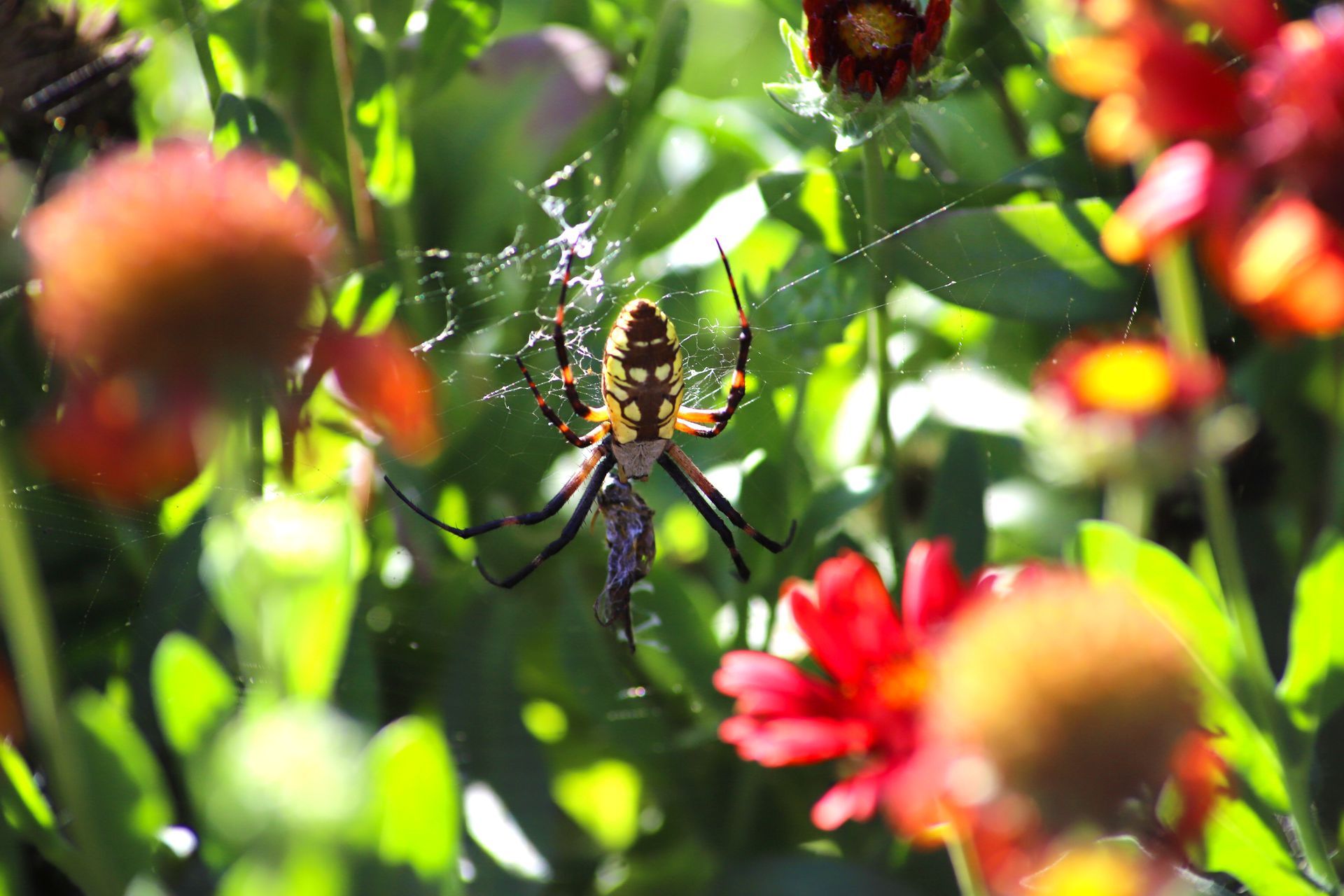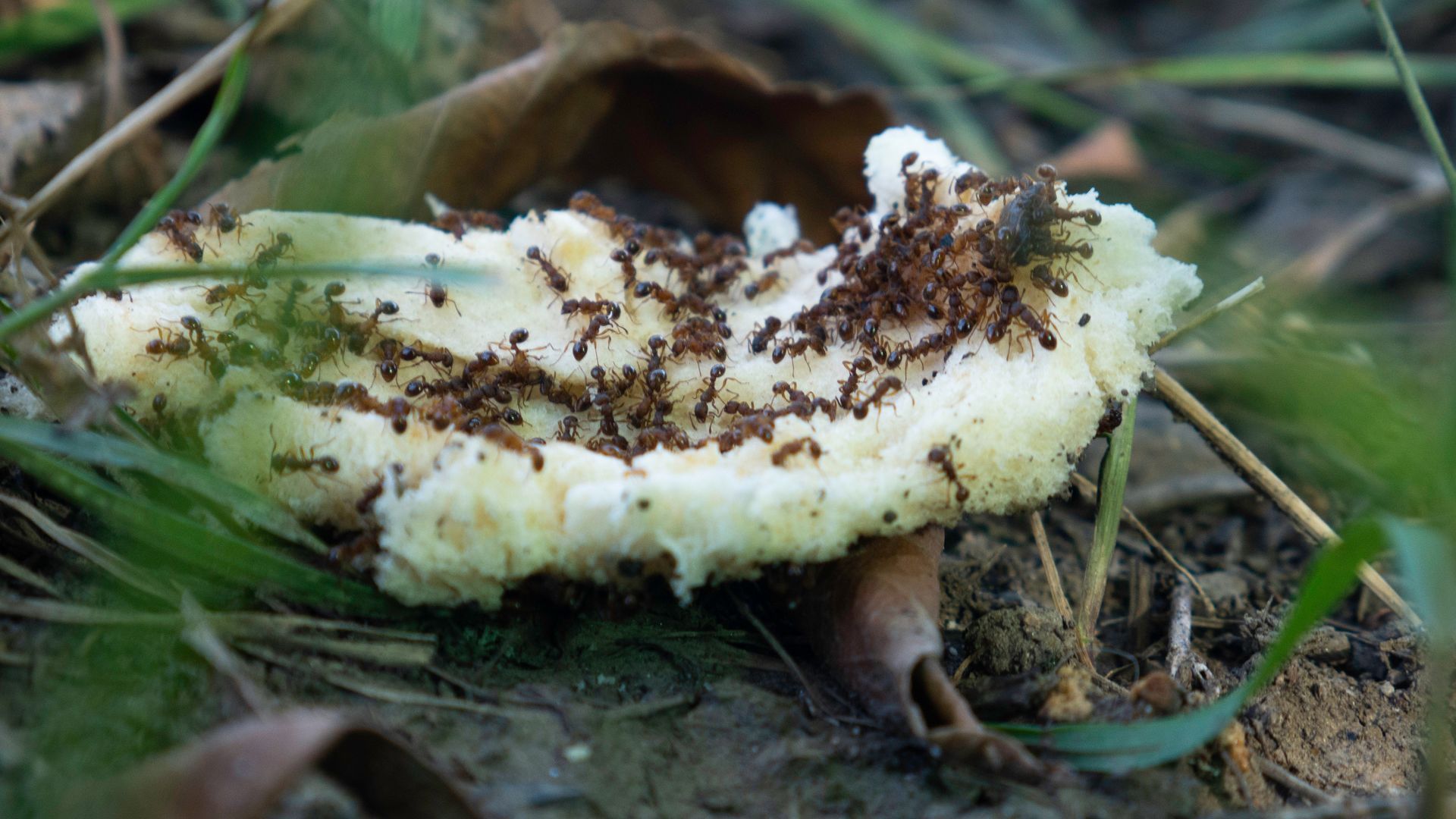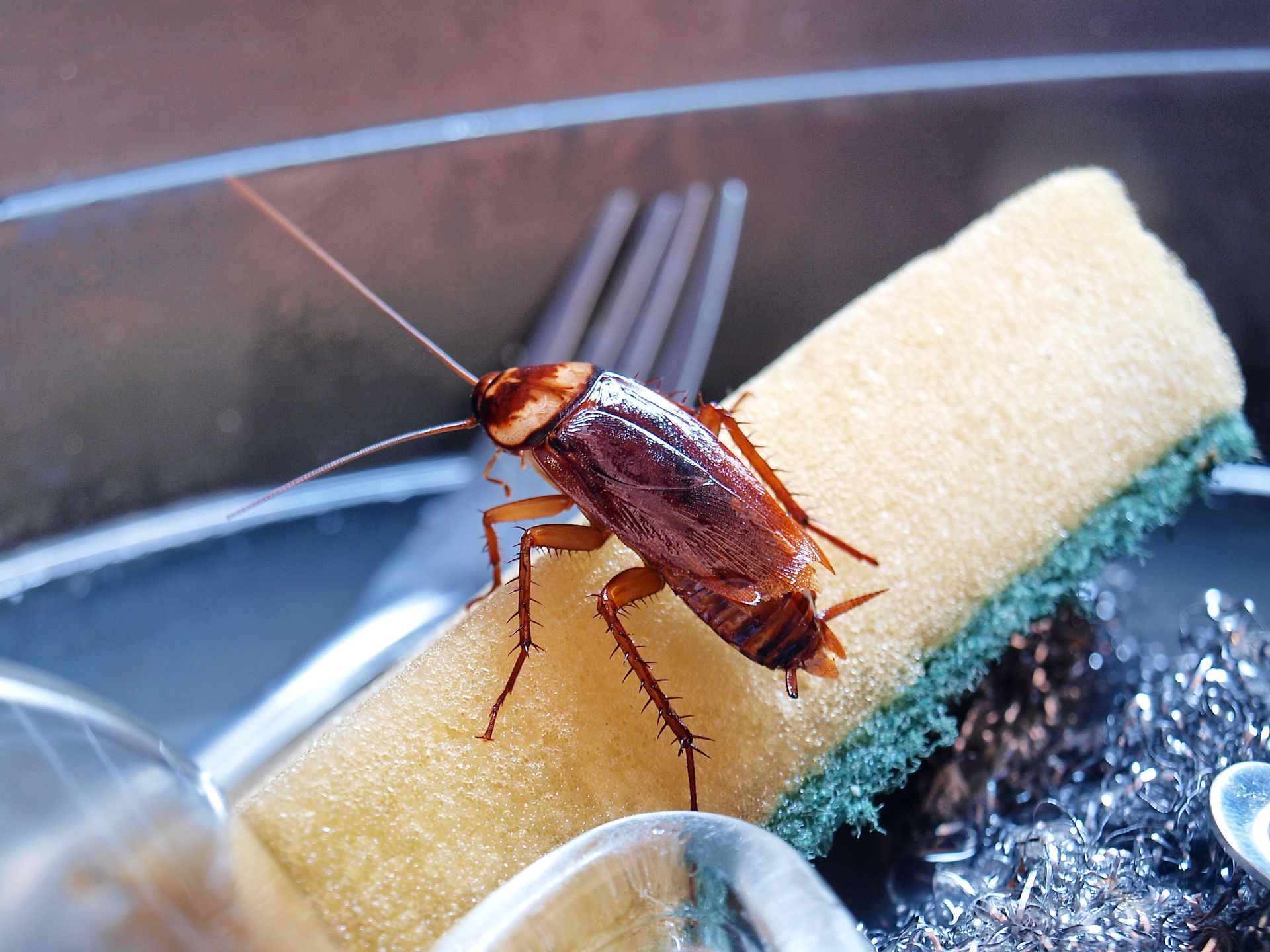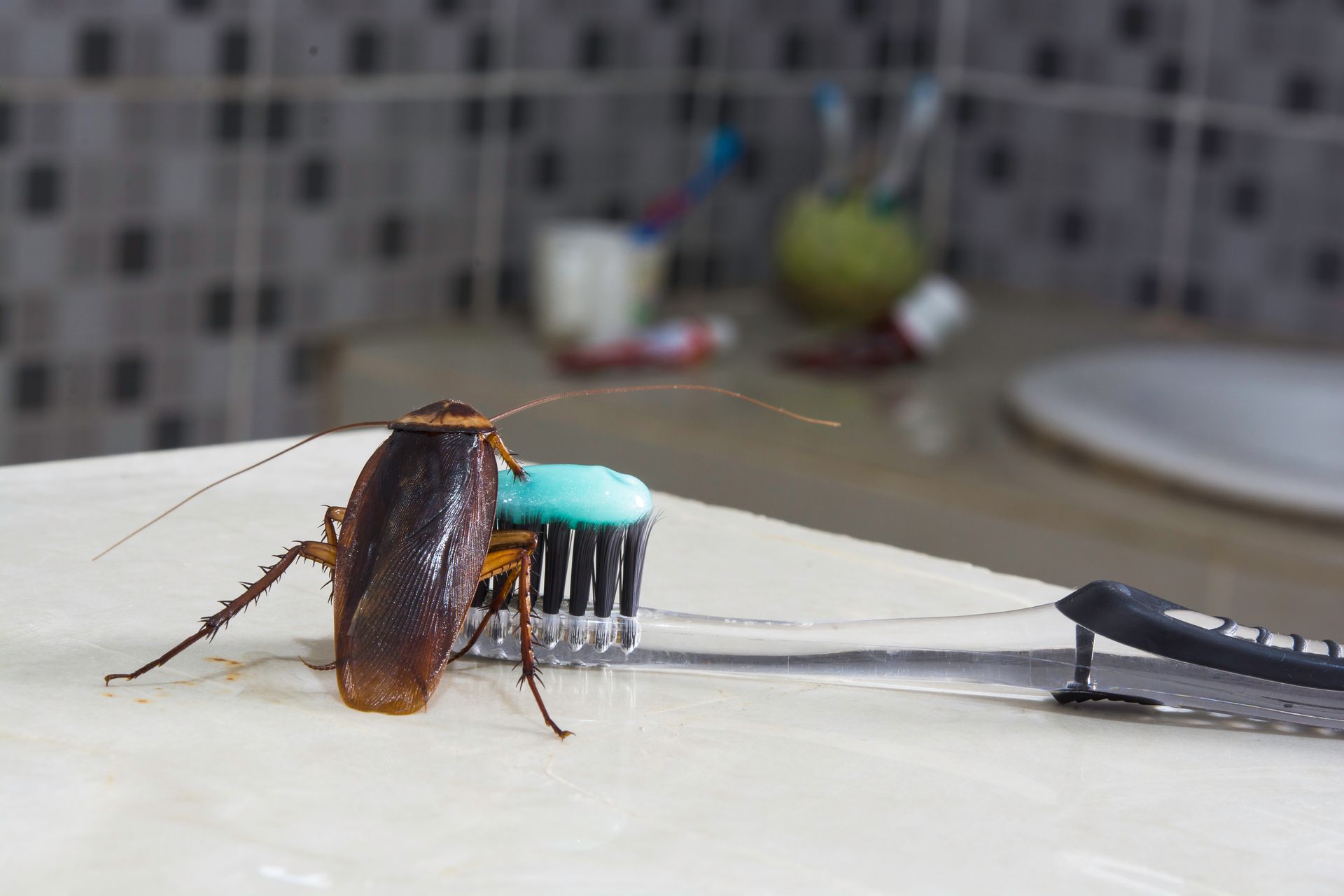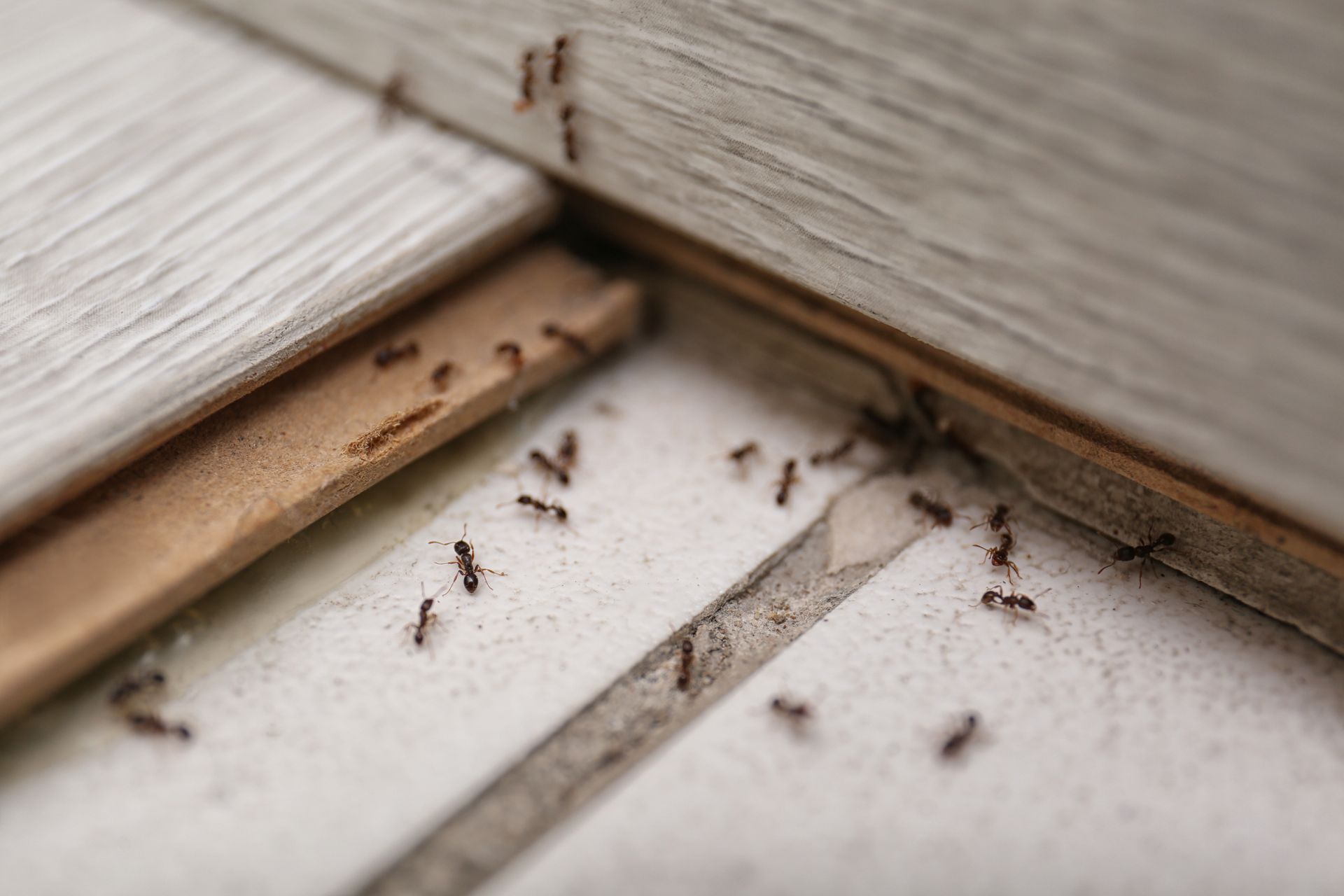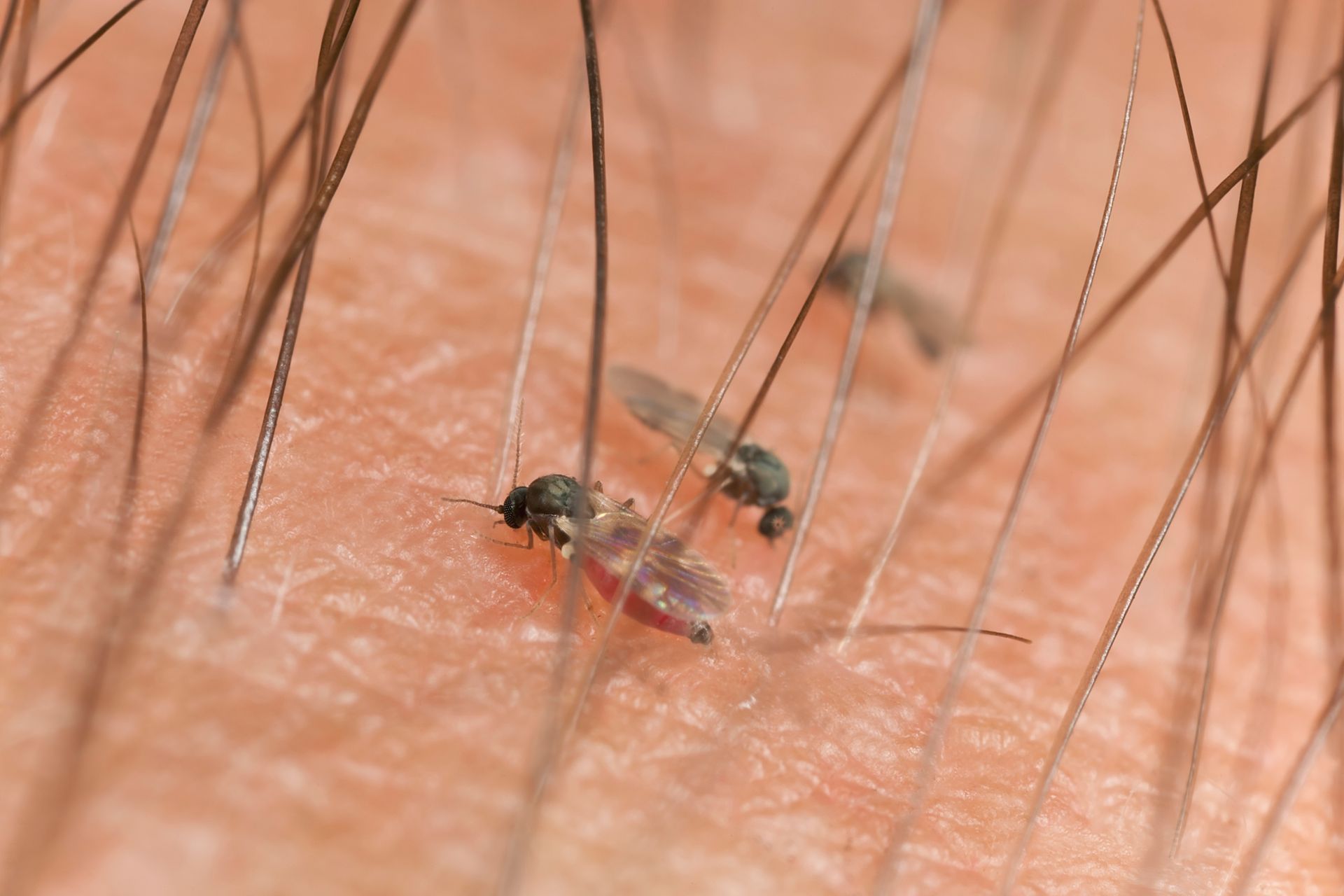How to Get Rid of Crickets in the House
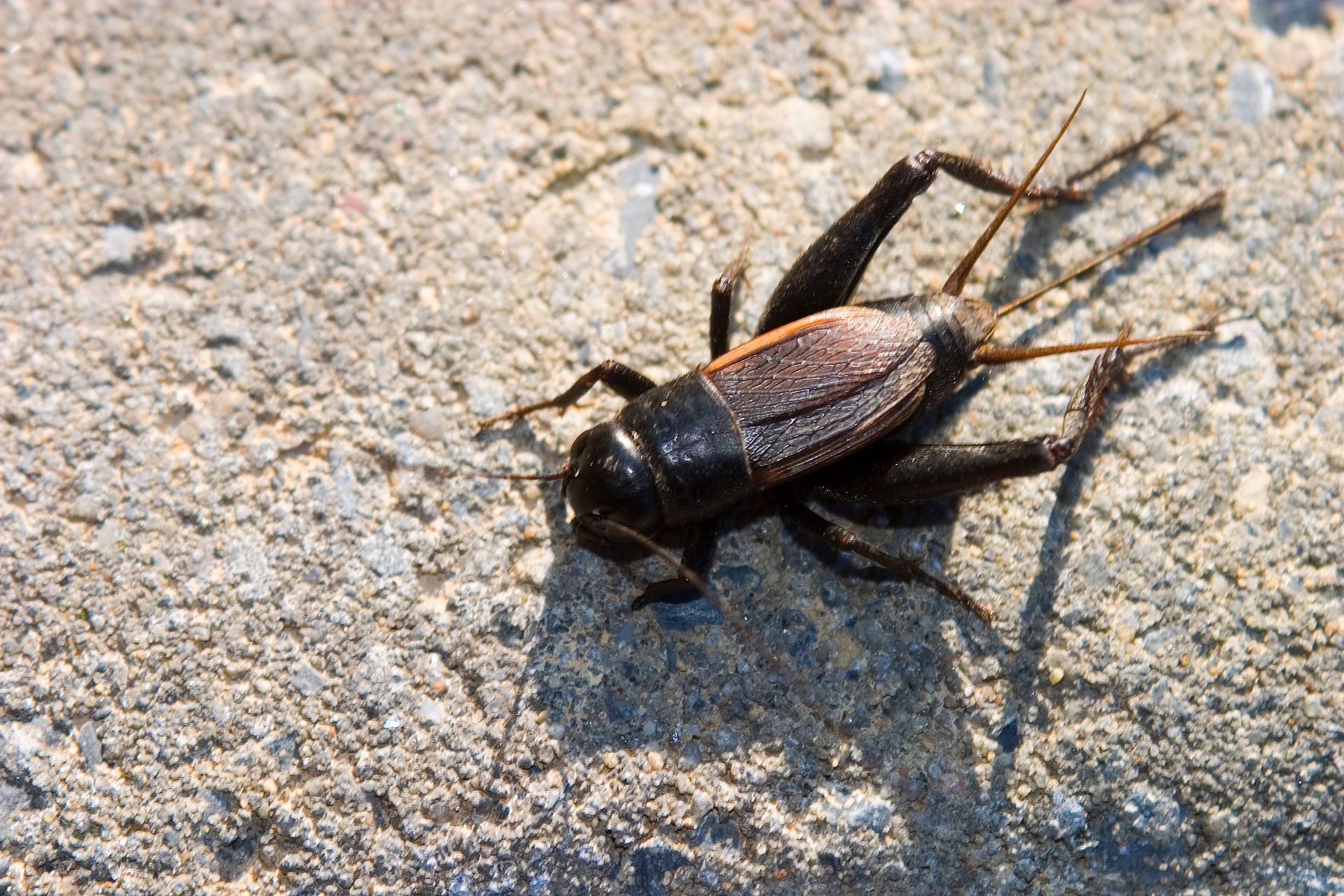
Dealing with crickets in the house may not be the end of the world but their constant chirping, especially at night, can be an annoyance that disrupts sleep and peace of mind. If that weren’t bad enough, some species of crickets can also cause damage by eating fabrics like clothes. To tackle a cricket infestation, a multi-step approach is necessary.
It is important to identify the type of cricket first, as the common varieties found indoors can include house crickets, field crickets, and camel crickets. Once identified, reducing their numbers can be achieved through various treatment methods. These include setting up sticky traps in areas where cricket activity is noticed and ensuring that all cracks and potential entry points in the house are sealed. Regular vacuuming and decluttering can also help eliminate hiding places for crickets. Chemical cricket baits and insecticides can also be effective, but they should be used cautiously in homes with pets or children. To prevent future infestations, maintain a dry environment because crickets thrive in moist conditions. Regularly inspect and clean basements, garages, and crawl spaces and keep the outdoor area near the house free of thick vegetation and debris where crickets can breed and hide. If a cricket infestation gets out of hand it may be time to consult with a professional pest control service like EcoGuard Pest Management.
Why Do I Have Crickets in My House?
Crickets can find their way into your home for several reasons, but it’s usually because they are seeking shelter, warmth, food, water, or mates. They are small enough to enter through tiny openings like gaps in window frames, doorways, or around A/C lines and pipe penetrations. Outdoor lighting is a common element that attracts crickets to a home. Outdoor lighting will draw them near a building then internal light will draw them inside once it gets dark. Switching to yellow outdoor lights can help reduce this attraction and installing door sweeps can effectively block the easiest entry points.
Crickets naturally prefer to live outdoors but are drawn indoors in search of warm, dark, and damp places. They seem to become more active when outdoor conditions become less favorable, like during colder weather. The house cricket, in particular, is known for migrating indoors in search of easy access to food and water. Open pet food dishes, unsealed garbage cans, compost bins, and even fresh produce can lure crickets in search of food inside while leaky faucets and pipes can attract thirsty crickets. Once crickets gain access, the regular chirp they emit is a mating call that will attract even more inside.
How Do Crickets Get In the House?
Crickets typically thrive in outdoor environments but will often seek out cooler and more moist locations when faced with extreme heat or dry conditions. This search for a more hospitable environment can lead them to inadvertently enter homes. The transition from the outdoors to indoors often occurs through small openings in a home's exterior. Crickets can find their way in through cracks in the foundation, gaps around windows and doors, or even small spaces around utility lines. They are also adept at hiding and can inadvertently be brought into the home on items like groceries and cardboard boxes. Once they find their way inside, crickets tend to gravitate towards areas that offer them shelter like storage spaces, basements, or spaces cluttered with boxes and other items. Sealing any entry points and maintaining a clean, clutter-free environment can significantly reduce the likelihood of a successful cricket infestation.
What Kind of Crickets are Found in Houses?
Among the various types of crickets, the ones most commonly found in houses include house crickets, field crickets, and camel crickets. Each of these species has distinct characteristics and behaviors that can lead them into residential areas. Understanding the type of cricket you're dealing with can aid in determining the best course of action for removal and prevention.
House Cricket
House crickets, as their name implies, are frequently found indoors and are known for their ability to survive indefinitely in such environments. They are identifiable by their light yellow-brown color and three dark crossbands on their heads. Adults typically reach about ¾ to 1 inch in length and have long, thin antennae that can exceed the length of their bodies. During warmer months, house crickets usually reside outdoors in places like garbage dumps. As the weather cools in the fall, they are drawn indoors. Once inside a home, they tend to hide in warm, humid areas that have plenty of moisture like kitchens, bathrooms, and laundry rooms.
House crickets' diet is versatile, and they can feed on dead and live insects, paper, plants, fruits, and vegetables. In addition to those main staples, house crickets will also consume various fabrics including silk, wool, cotton, and synthetic materials. This can lead to damage to clothing and other fabric items in the house. House crickets are nocturnal, so they stay hidden during the day and become more active at night. One of the most distinctive features of these crickets is the chirping sound produced by the males which is achieved by the cricket rubbing their front wings together. This "calling song" is a mating call to attract females. This adaptability in both habitat and diet makes them a common and persistent pest in many households across the U.S.
Field Cricket
Field crickets are also commonly found across the United States. These crickets are known for their potential to cause significant damage to agricultural and garden crops. They are larger than house crickets and can grow up to about 1 ¼ inches in length. They are typically black, although some may have a brownish or straw yellow coloration. A characteristic feature of field crickets is their long antennae which often exceed the length of their bodies.
Field crickets usually prefer outdoor environments and thrive in landscapes with crop fields, gardens, flower beds, tall grass, compost piles, and near garbage cans where moisture is present. However, they may venture indoors in search of food or to escape extreme weather conditions like intense summer heat or cooler winter temperatures. Despite not surviving indoors for long periods, field crickets can cause damage inside homes just like house crickets. They also feed on fabrics like cotton, linen, wool, and silk, especially when those fabrics are soiled with food or perspiration. Their diet also includes dead insects, fruits, vegetables, and plants.
Camel Cricket
Camel crickets are also known as cave crickets due to their preference for dark, damp habitats. They are distinct in appearance because they have a humpbacked profile and no wings. They are typically light to dark brown and can grow up to 1 ½ inches long. One of their most striking features is their large, strong hind legs which enable them to leap high when startled. Unlike other cricket species, camel crickets do not chirp because they lack the sound-producing organs.
These crickets are often found in environments like caves and rocky terrains, thriving under stones, mulch, and woodpiles. They are also known to congregate near cool and moist areas around homes like drainage pipes, sheds, and air conditioning units. Camel crickets become more likely to invade homes and businesses when outdoor conditions are hot and dry. Inside, they gravitate towards spaces like basements, crawl spaces, utility rooms, and garages. Their diet is varied and includes materials like wood, carpet fibers, fungi, cardboard, insects, and sometimes even other camel crickets. The propensity of camel crickets to gather in groups means that an infestation in a home can be more significant compared to other cricket species which poses a unique challenge for homeowners.
How to Tell if You Have a Cricket Problem
If you suspect a cricket problem in your home, there are several signs to look out for. The most obvious indicator is the distinctive chirping sound, which is produced by male crickets as they rub their wings together to attract female mates. While this sound is a common feature of warm evenings outdoors, it becomes a nuisance when it echoes inside your house. Their presence coupled with the nocturnal chirping, is a clear sign that you might be dealing with a cricket infestation.
Signs of a Cricket Infestation
Recognizing the signs of a cricket infestation is crucial for timely and effective control measures. Here are the key indicators:
- Physical Sightings: Finding crickets in your home is the most straightforward sign of an infestation. They often hide in warm, moist environments within buildings.
- Chirping Noise: The distinct chirping sound made by male house crickets is a common indicator. This sound is produced by rubbing their forewings together at night.
- Fabric Damage: Crickets are known to chew on fabrics like wool, silk, cotton, and leather. This is particularly true for items stained with food or sweat. Signs of their feeding include loose fibers and an unraveled appearance on fabric surfaces.
- Stains and Droppings: Presence of cricket droppings can lead to stains on clothing and furniture. These stains are often left in areas where crickets congregate like kitchens, bathrooms, and bedrooms.
Where Do Crickets Hide Inside My House?
Crickets tend to seek out and hide in cool, damp places. A common hiding spot for these insects is under appliances like refrigerators, washing machines, and dishwashers because they are dark and often left undisturbed. Crickets are also notorious for concealing themselves behind the toe kicks of bathroom and kitchen cabinets because this area is often overlooked during regular cleaning and usually has access to plumbing which could provide moisture if there is any kind of leak. These spots provide the perfect refuge for crickets that offer both the seclusion and the conditions they need.
How to Get Rid of a Cricket Infestation in Your Home
Dealing with a cricket infestation in your home can be challenging, especially since some cricket varieties can survive indefinitely indoors. For severe infestations, it's often most effective to contact a professional exterminator. However, for less severe infestations or if you prefer a natural approach, there are several DIY methods you can employ. One popular home remedy involves using molasses. By mixing 3 tablespoons of molasses with two cups of water in a mason jar, you create a trap that attracts crickets with its sweet scent. As crickets jump in to feed, they land in water with no way to jump out which causes them to drown.
Vacuuming is another practical solution. While it might not catch the crickets directly, it can help remove their eggs which can help contain and prevent further infestation. Be sure to empty the vacuum cleaner outdoors. Some additional steps to mitigate cricket populations include applying diatomaceous earth (DE) around baseboards and in areas where crickets are common and laying sticky traps in corners of rooms. Some also recommend using insecticides along windowsills and access points, but caution is advised as these substances can be toxic if used improperly. Managing moisture levels in your home is also important so using dehumidifiers and ensuring proper ventilation in attics and crawl spaces can reduce the humidity that attracts crickets. By addressing these key factors, you can effectively reduce the likelihood of a cricket infestation in your home.
How to Get Rid of Crickets Outside
Successfully ridding your home of crickets can bring much-needed relief, but ensuring they don't return involves some proactive measures outdoors. One effective strategy is to adjust your outdoor lighting because crickets are often attracted to bright lights. Switching to yellow outdoor lights can significantly reduce their presence near your home. The other critical step is to maintain a well-kept yard. Regularly trimming hedges and mowing the lawn eliminates potential nesting and hiding spots for crickets.
Addressing other hiding places is just as important as maintaining landscaping. Crickets often seek shelter in piles of garbage or firewood and under stones and mulch, so it helps to move these elements at least 20 feet away from your house. Placing bait traps near woodpiles or compost areas can also help control their population. Keeping your yard free of clutter and debris is another key step. This includes cleaning gutters, removing weeds, reducing moisture around your home, and eliminating any standing water as these conditions can attract crickets. Additionally, applying lawn insecticides or treatment sprays in early summer can effectively target any existing cricket populations which can help prevent them from migrating indoors. These steps create an environment that is less inviting to crickets and other pests, thereby reducing the likelihood of infestation.
Contact EcoGuard Pest Management if You Are Dealing with Crickets
While these measures can significantly help in reducing and preventing cricket infestations, sometimes the situation might require professional intervention. If you find yourself continuously battling with crickets or facing a severe infestation, it's time to call in the experts. EcoGuard Pest Management offers specialized, effective solutions for cricket control that ensures your home stays free from these persistent pests. Our experienced team uses eco-friendly methods to safely and efficiently address your cricket problems. Don't let crickets disrupt your peace; contact EcoGuard Pest Management today for reliable and expert pest control services.
House Cricket FAQs
Why am I getting crickets in my house?
Crickets often enter houses in search of shelter, moisture, and food during extreme weather conditions like excessive heat or dryness. They can sneak in through small openings such as cracks in foundations, gaps around windows or doors, and even through ventilation systems. Additionally, crickets are attracted to bright lights and cluttered areas, which can inadvertently draw them into homes.
Are crickets okay in the house?
While crickets are generally harmless and do not pose a significant health risk, their presence in the house can be undesirable. Crickets can cause damage by chewing on fabrics, paper, and even food, and their constant chirping at night can be a nuisance. Therefore, while they're not dangerous, it's usually preferable to keep crickets out of the home for comfort and cleanliness.
How long will a cricket live in my house?
The lifespan of a cricket inside your house can vary, but typically a cricket can live for several weeks to a few months indoors. This duration can be shorter if the cricket lacks sufficient food and moisture, or if the indoor environment is not conducive to its survival. The presence of predators, like household pets, can also shorten a cricket's lifespan within a home.
What kills crickets instantly in the house?
A quick and effective way to kill crickets in the house is by using insecticide sprays that are specifically formulated for crickets. These sprays work on contact and can instantly kill crickets. However, it's important to follow the product's safety instructions carefully and use them with caution in homes with children and pets.


